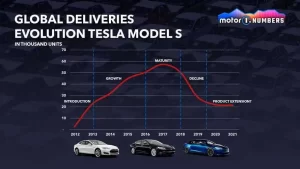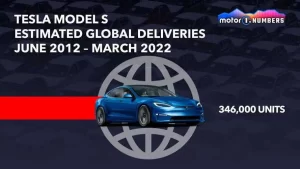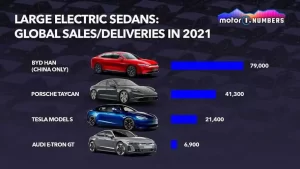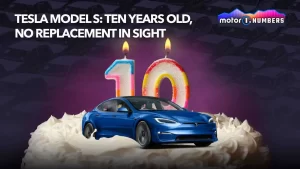Since June 2012, the enduring EV has sold almost 350,000 units. However, we have yet to see a new generation.
Although not explicitly stated, the guidelines are widely accepted by the entire automotive industry. Every manufacturer attempts to meet the standards of the market on a range of subjects, including safety, design and technology. Companies are able to invent with their ideas while still adhering to certain limitations.
Cars’ Life Cycle
A vehicle’s lifecycle is one of these limitations. It’s the time between when a new model is presented and when it’s put to pasture. This includes the unveil, presentation, introduction and maturation, as well as growth, maturation, lifting, declining, reinvention/descent. This is the normal way of life for nearly every vehicle on the marketplace.
The market usually determines the car’s life span. Car generations can last for more than 10 years in low-income countries. A new generation is costly to create and launch, and most consumers cannot afford large investments in new models. Car manufacturers can produce more cars in mature markets and developed economies because of the efficiency and technology of their plants.
We see new generation cars in Europe, North America and South Korea every six to seven year. To keep the vehicle as fresh and modern as possible, mid-cycle facelifts are usually done around three years after launch.

Tesla Model S: An Exception to the Rule
This cycle isn’t fixed in stone. There are always exceptions. One of these exceptions is the Tesla Model S. The American electric sedan was launched on June 22, 2012. Ten customers received their cars at the factory in Fremont, California. This was Tesla’s first vehicle to be built from scratch internally. It marked a new era in the company’s history.

The Model S has seen several improvements, including minor facelifts and styling updates. The Model S of today is definitely a better vehicle than the one it replaced 10 years ago. It is however, the same as the original in terms of its platform, main structure and overall exterior design. It’s far beyond the norms of a mature market for vehicle generation.
During the same 10 year period, there have been at most two generations of Mercedes CLS/E-Class models, as well as the Audi A6 and BMW 5 Series. The luxury sedan has been kept in the spotlight by the updated Model S trims, such as the P100D with Ludicrous Mode or the Plaid. However, based on its sales records, it is losing ground.
Increased Competition
It begs the question, “Why is Tesla taking such a long time to launch a new Model S?” The manufacturing problems facing Tesla have contributed to a decline in sales. While it’s hard to sell cars when there is limited supply, other automakers face similar problems. It is notable to note that in 2012 there was no electric competition for Model S. This will change in 2022. The sedan is certainly not getting any older.

Last year, Porsche Taycan sold nearly twice as many units than the Model S. In China, however, the BYD Han Electric Vehicle (EV) sold almost four times as many units. This is just one market.
Many will argue that sales drops when production is low. It doesn’t explain why the brand has taken so long to introduce a new model when other brands are doing it faster. It’s difficult to predict when the new Model S will replace the current model, with a new Roadster due to arrive sometime in the future.
Felipe Munoz is a JATO Dynamics Automotive Industry Specialist.
